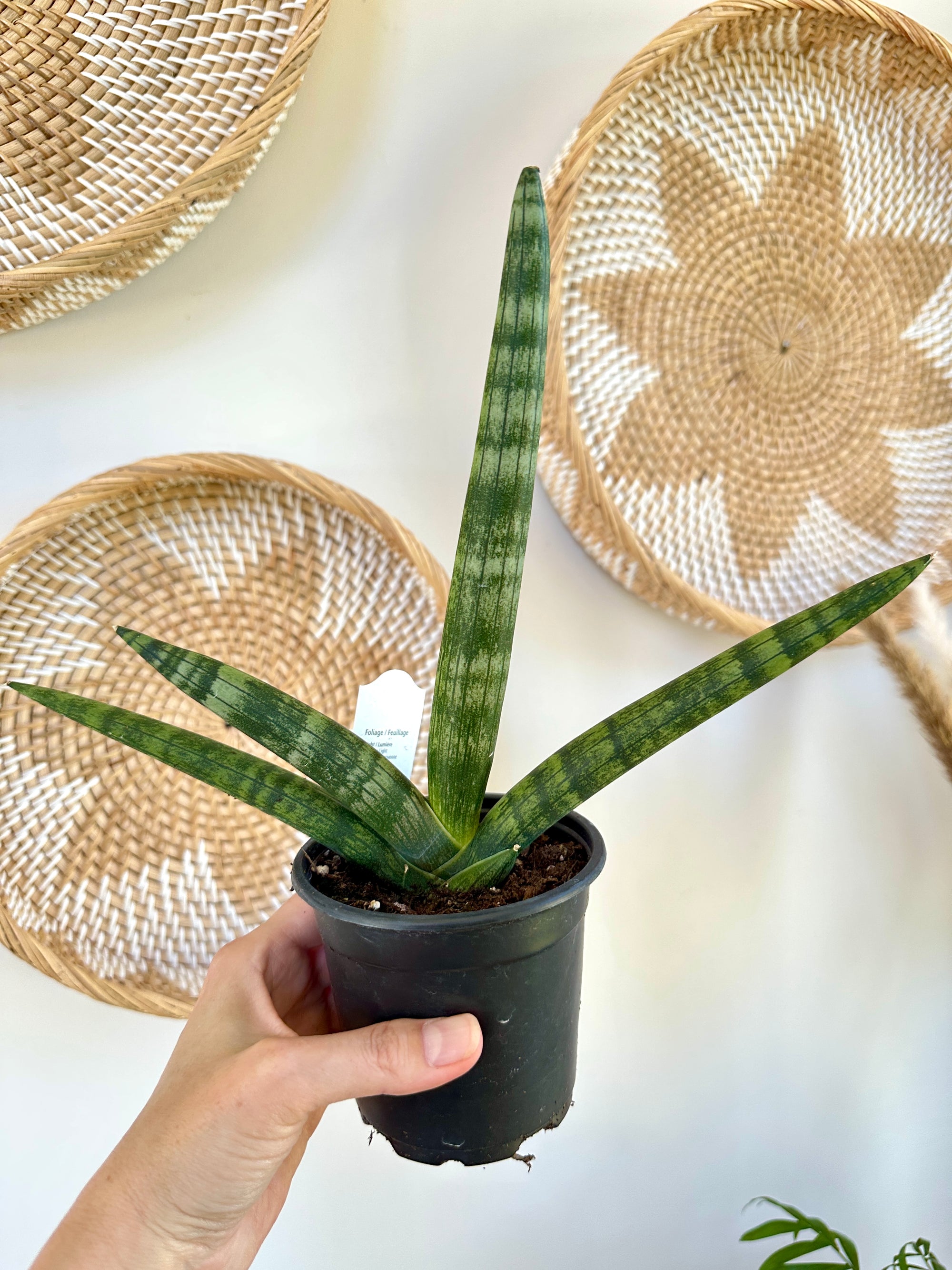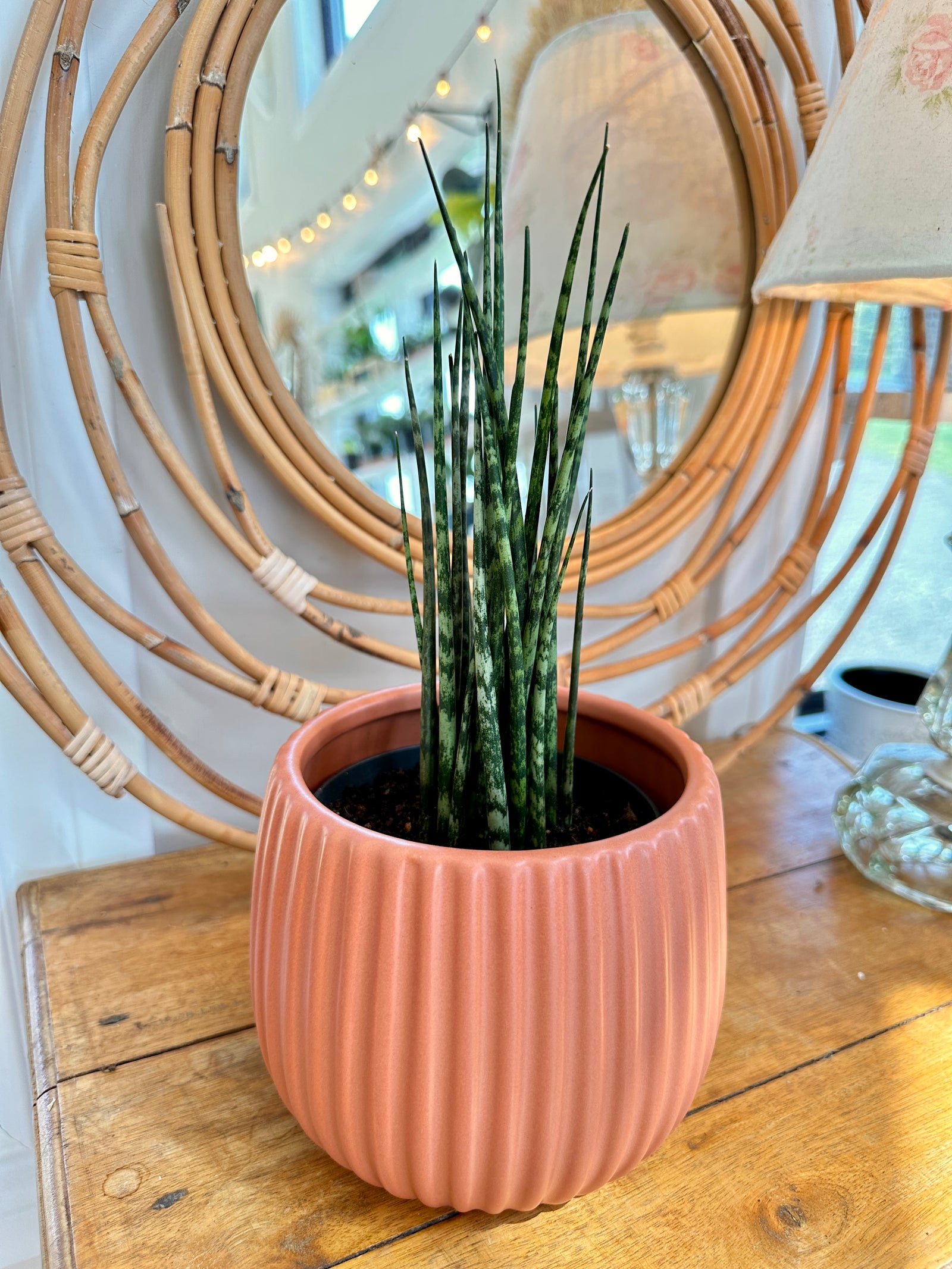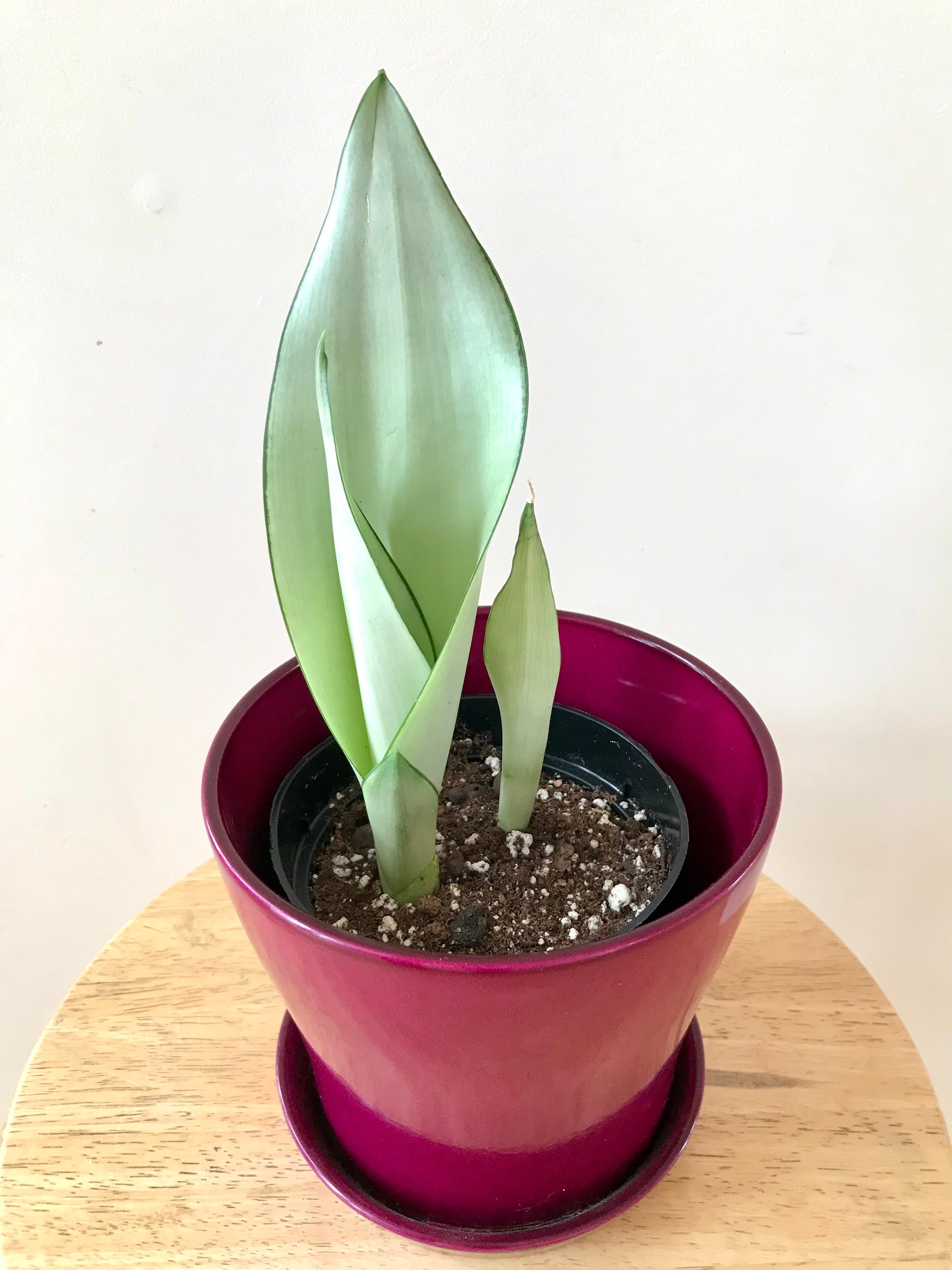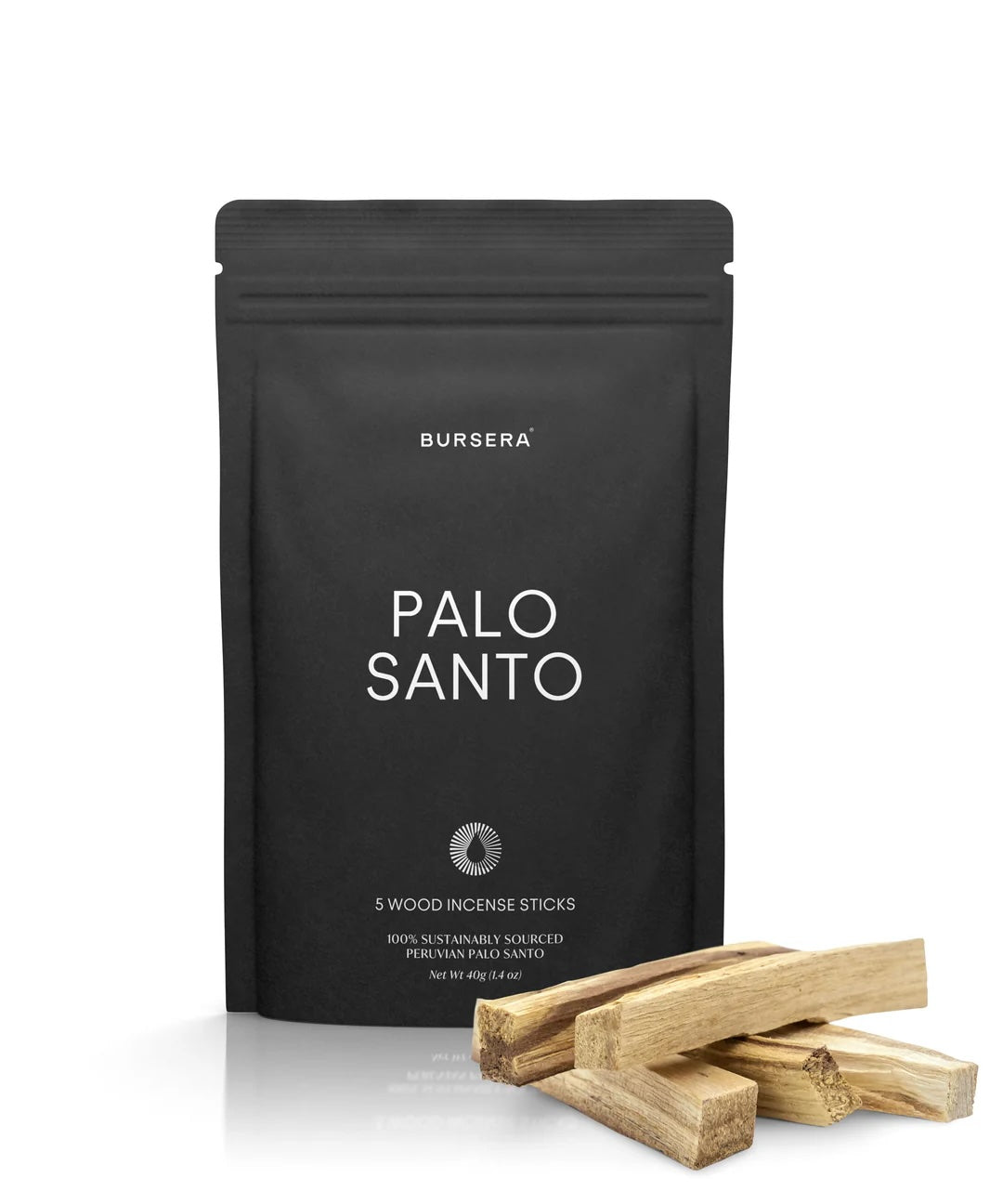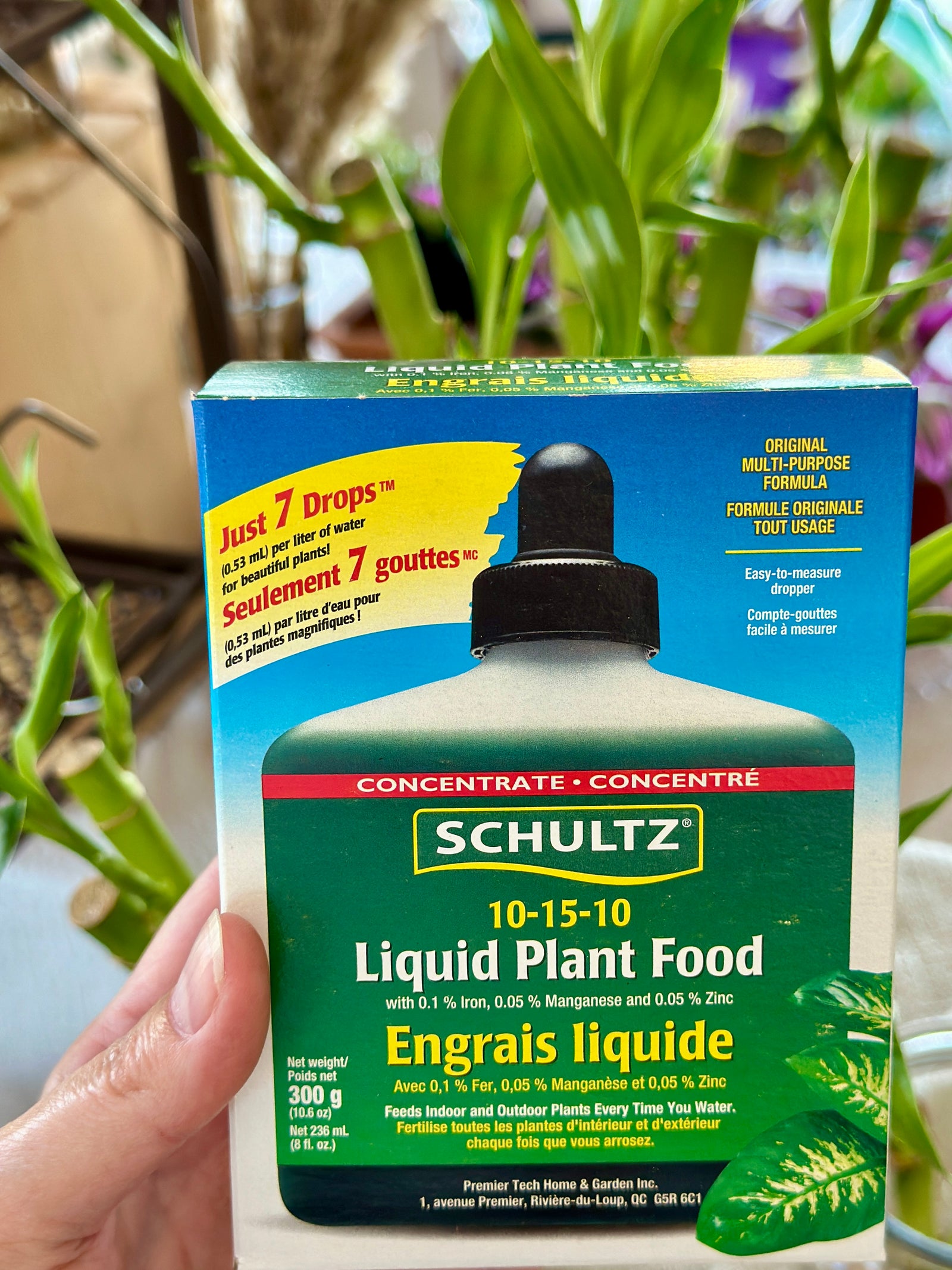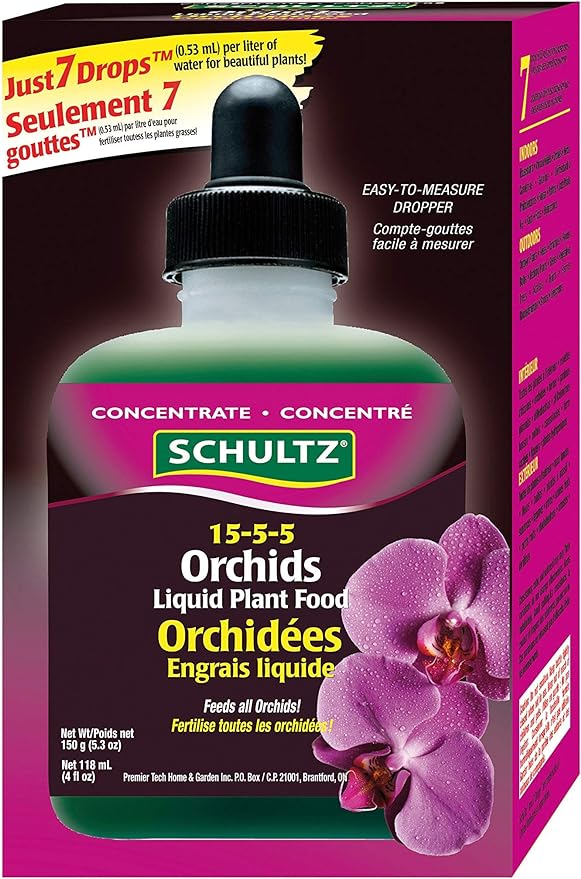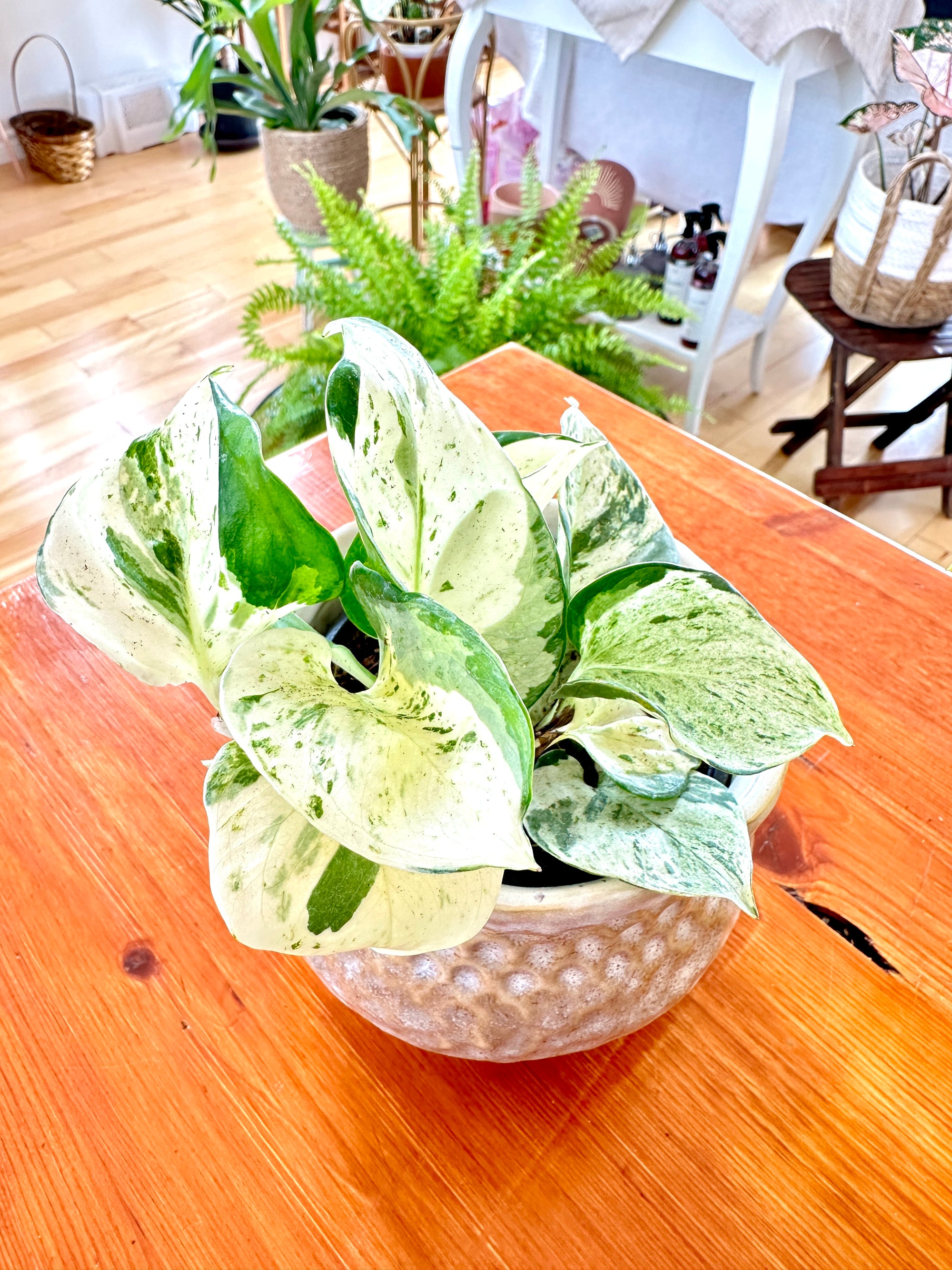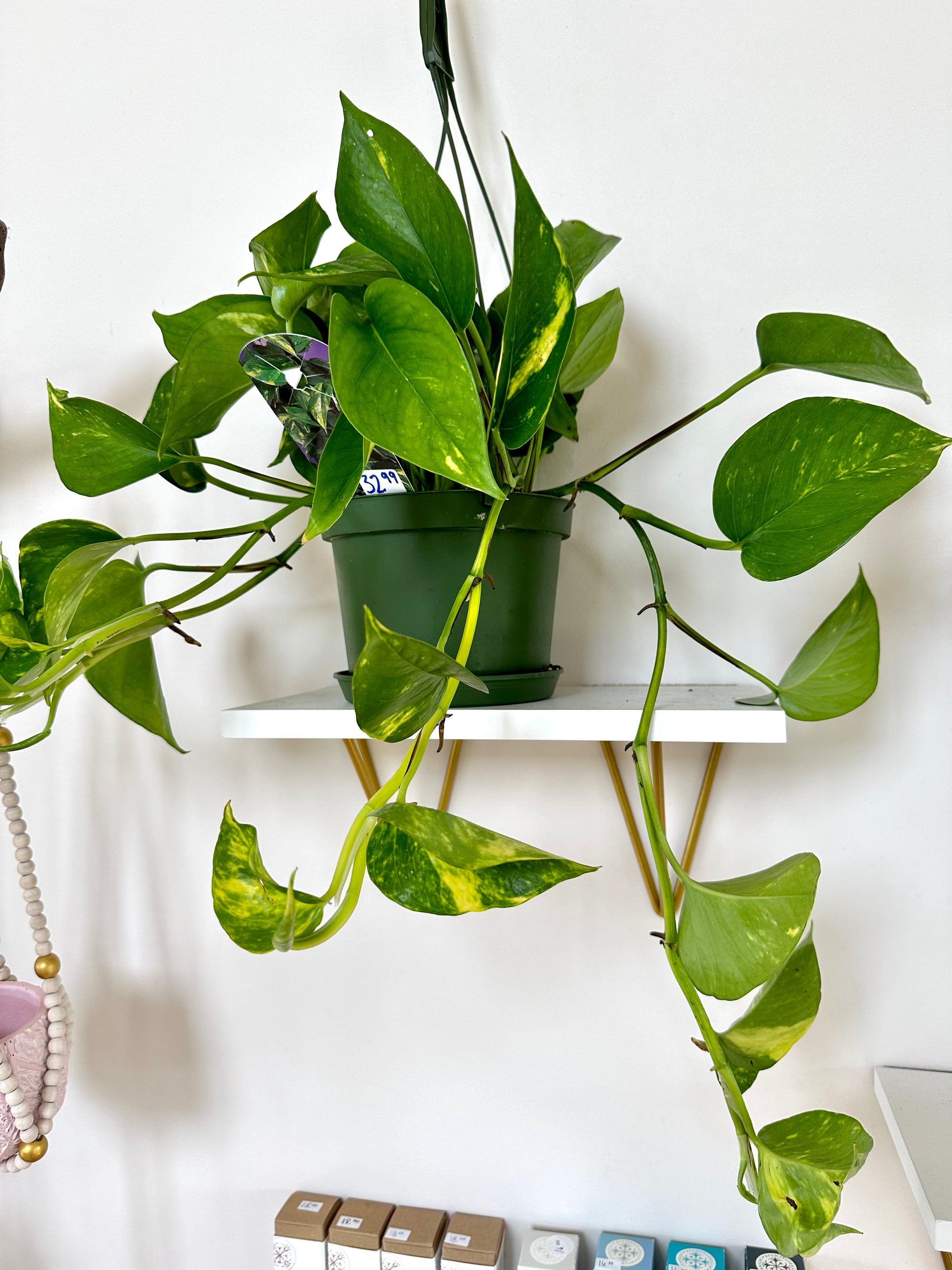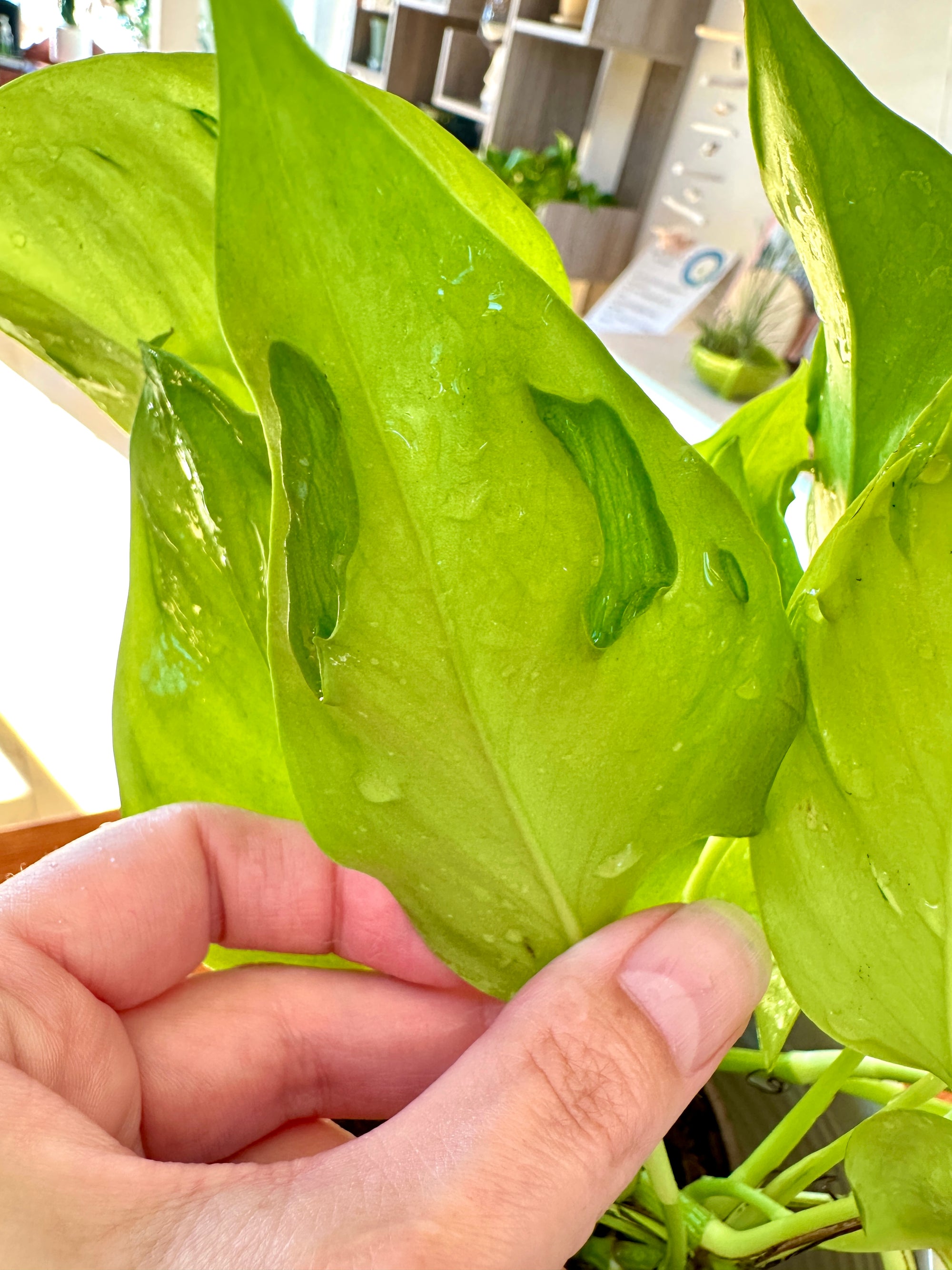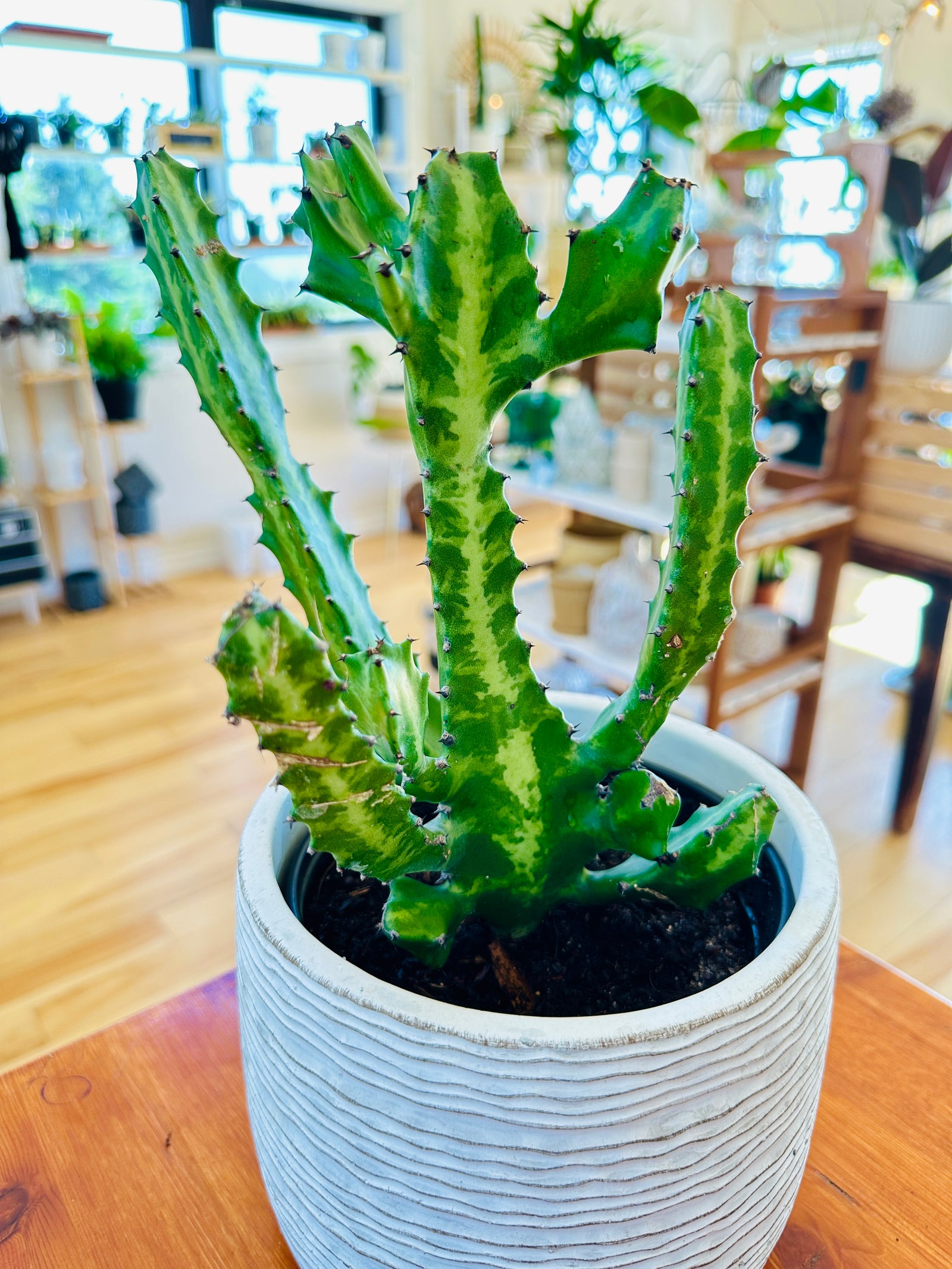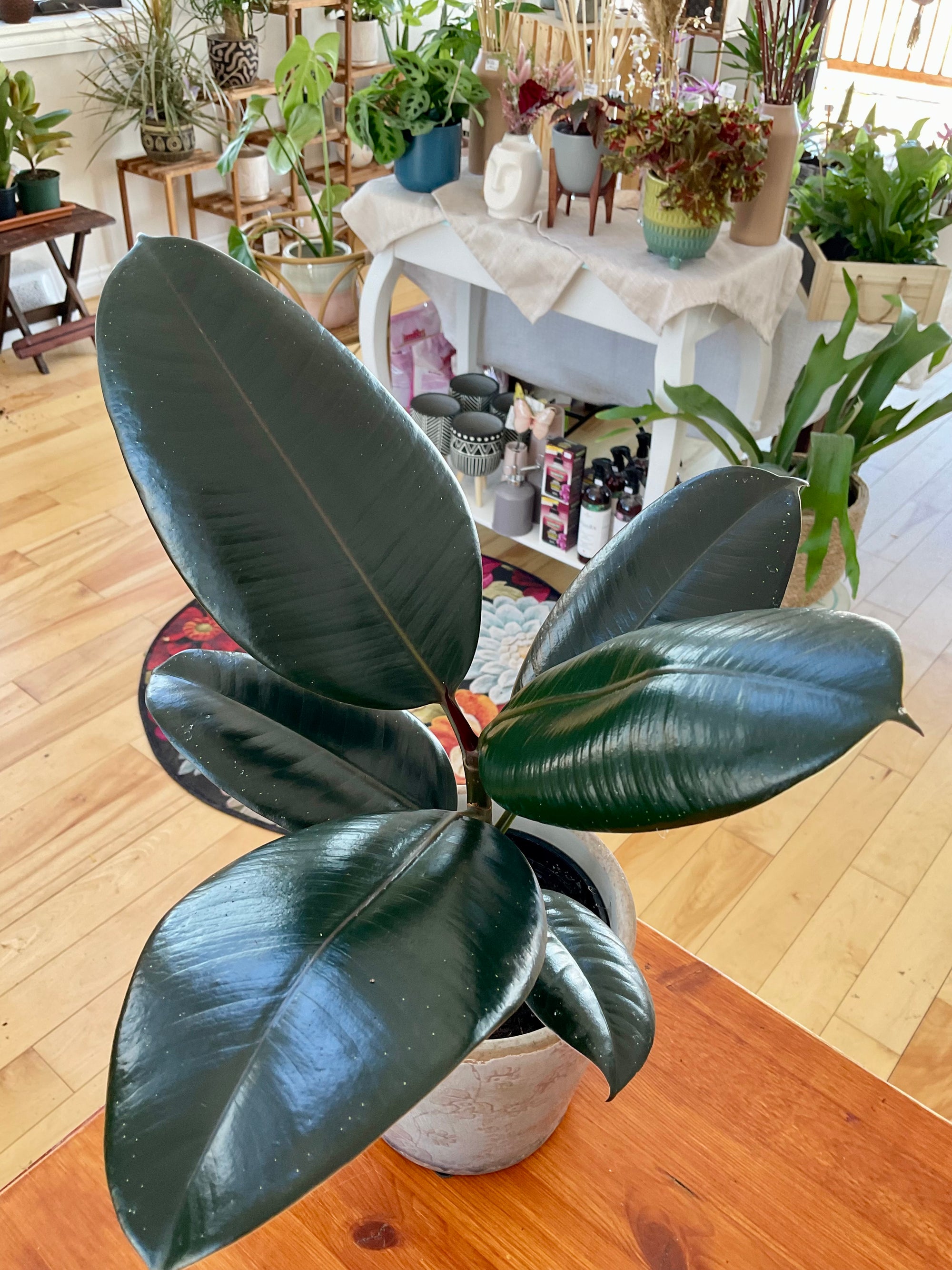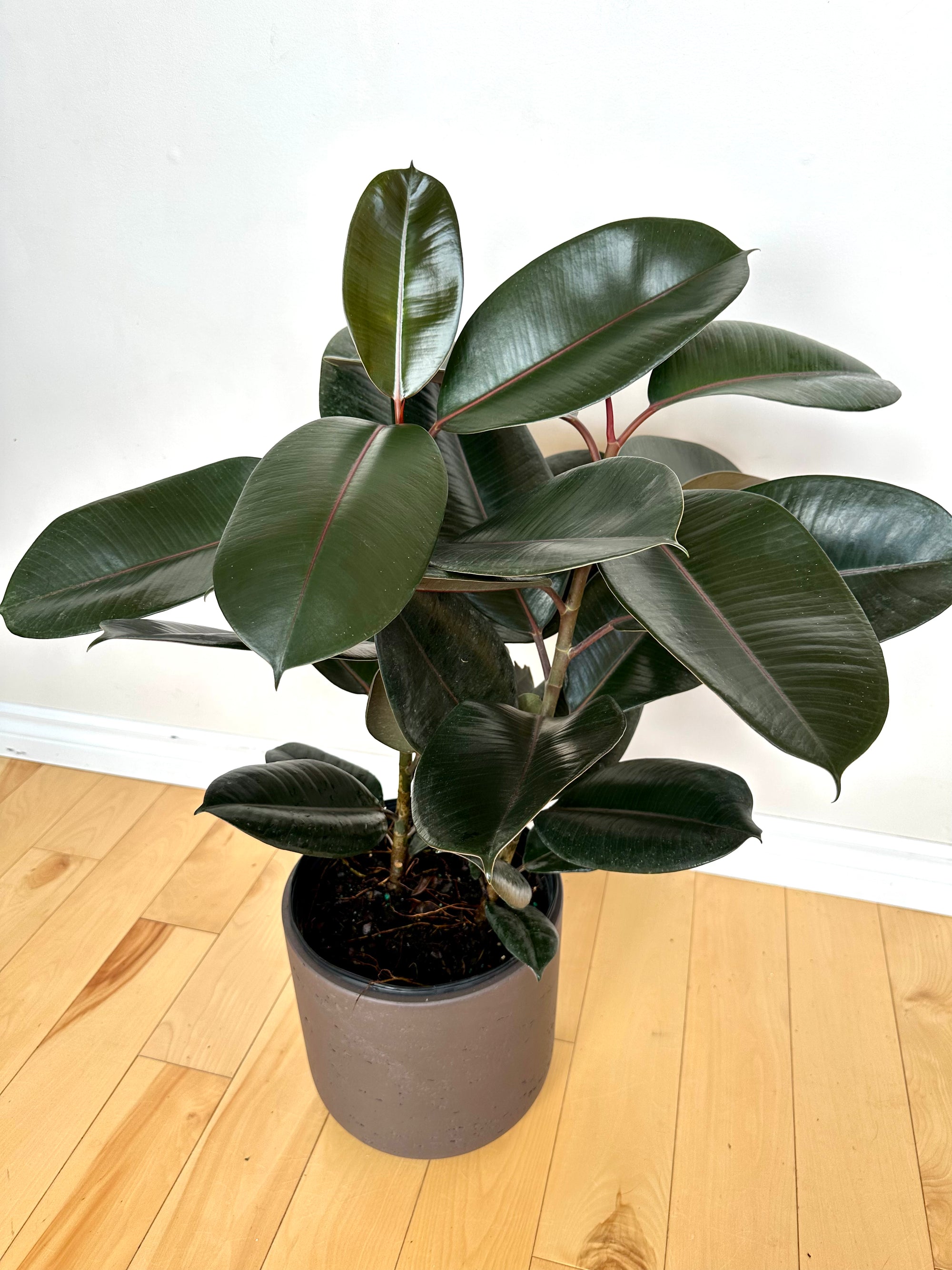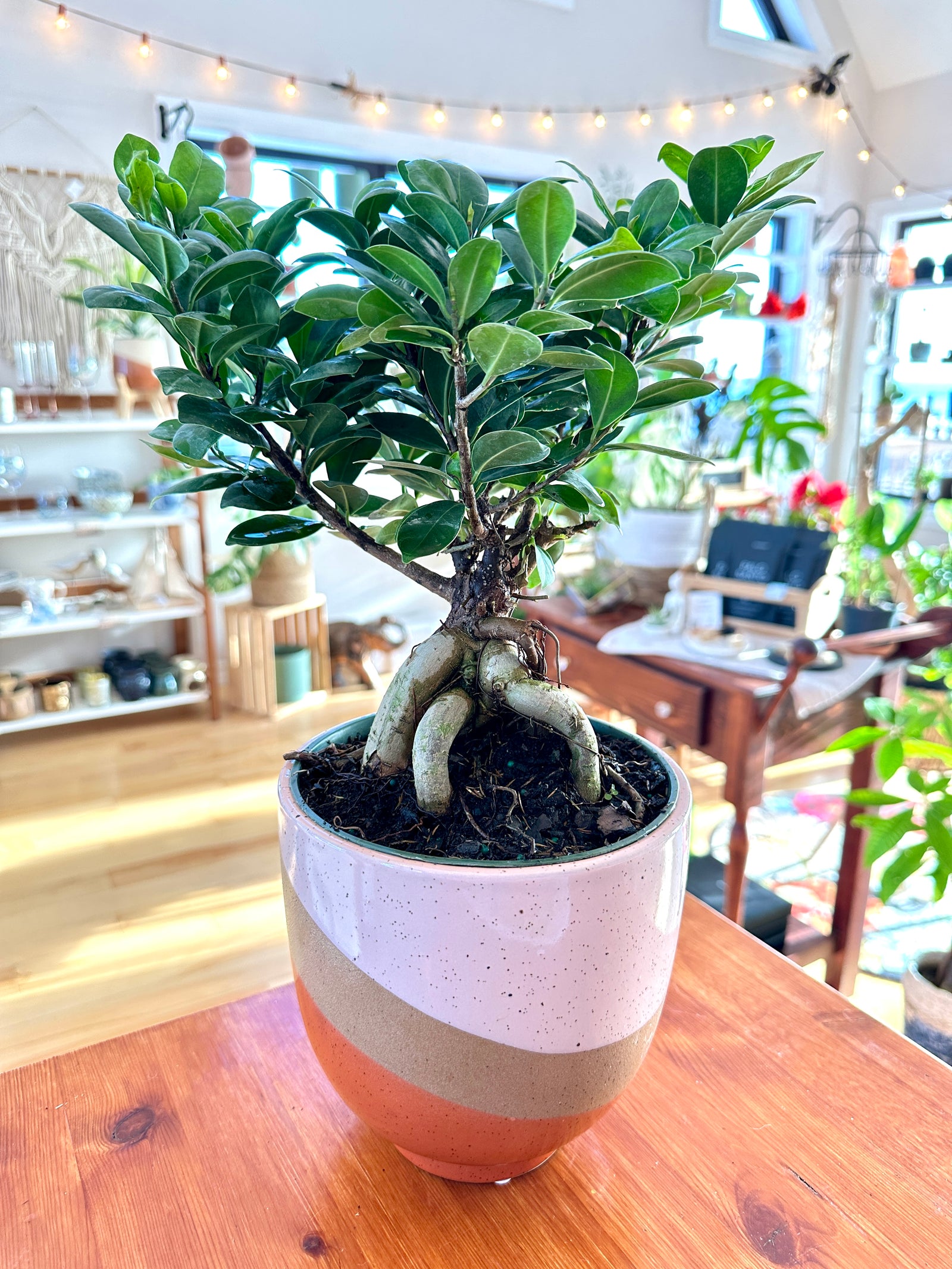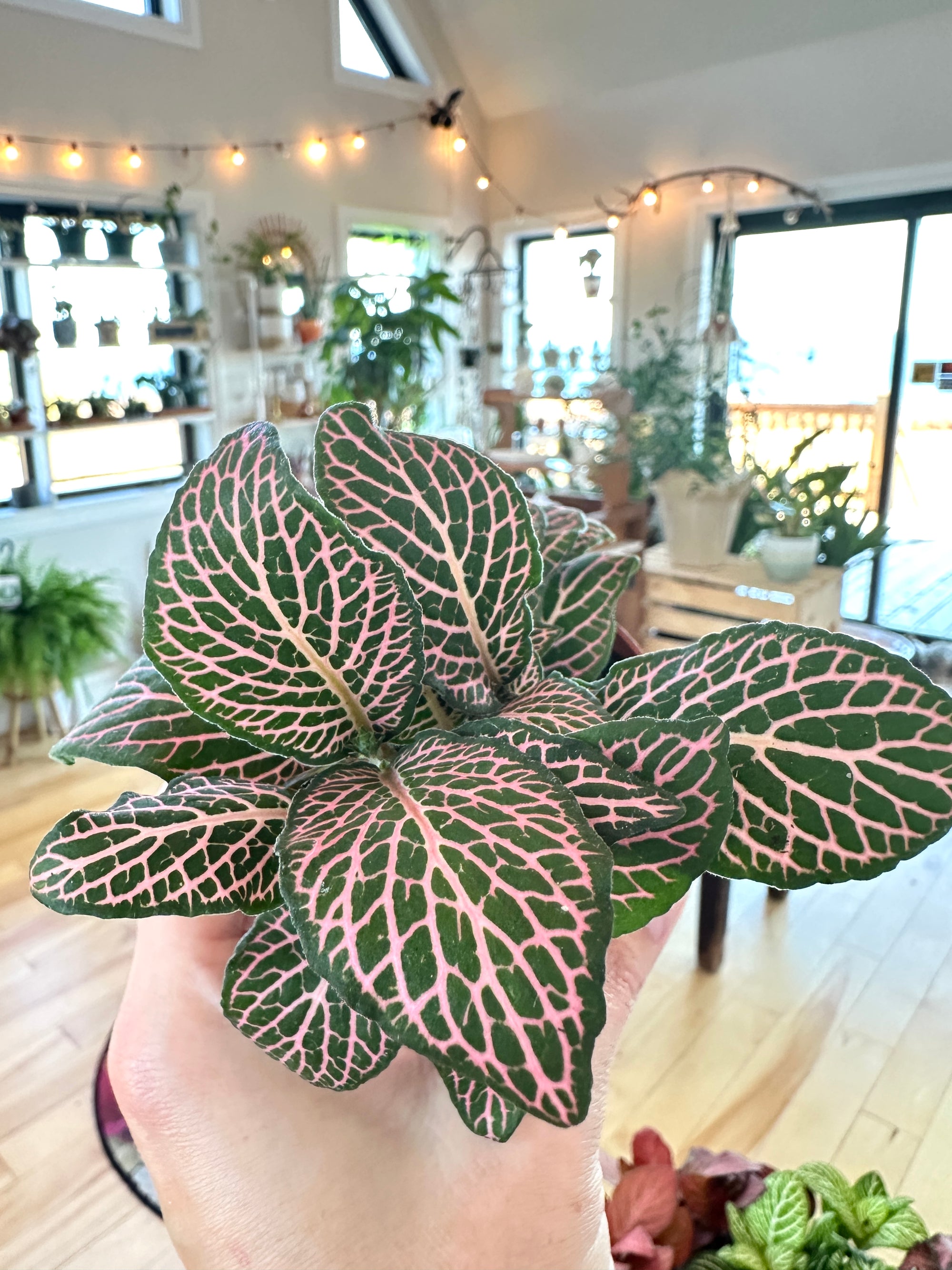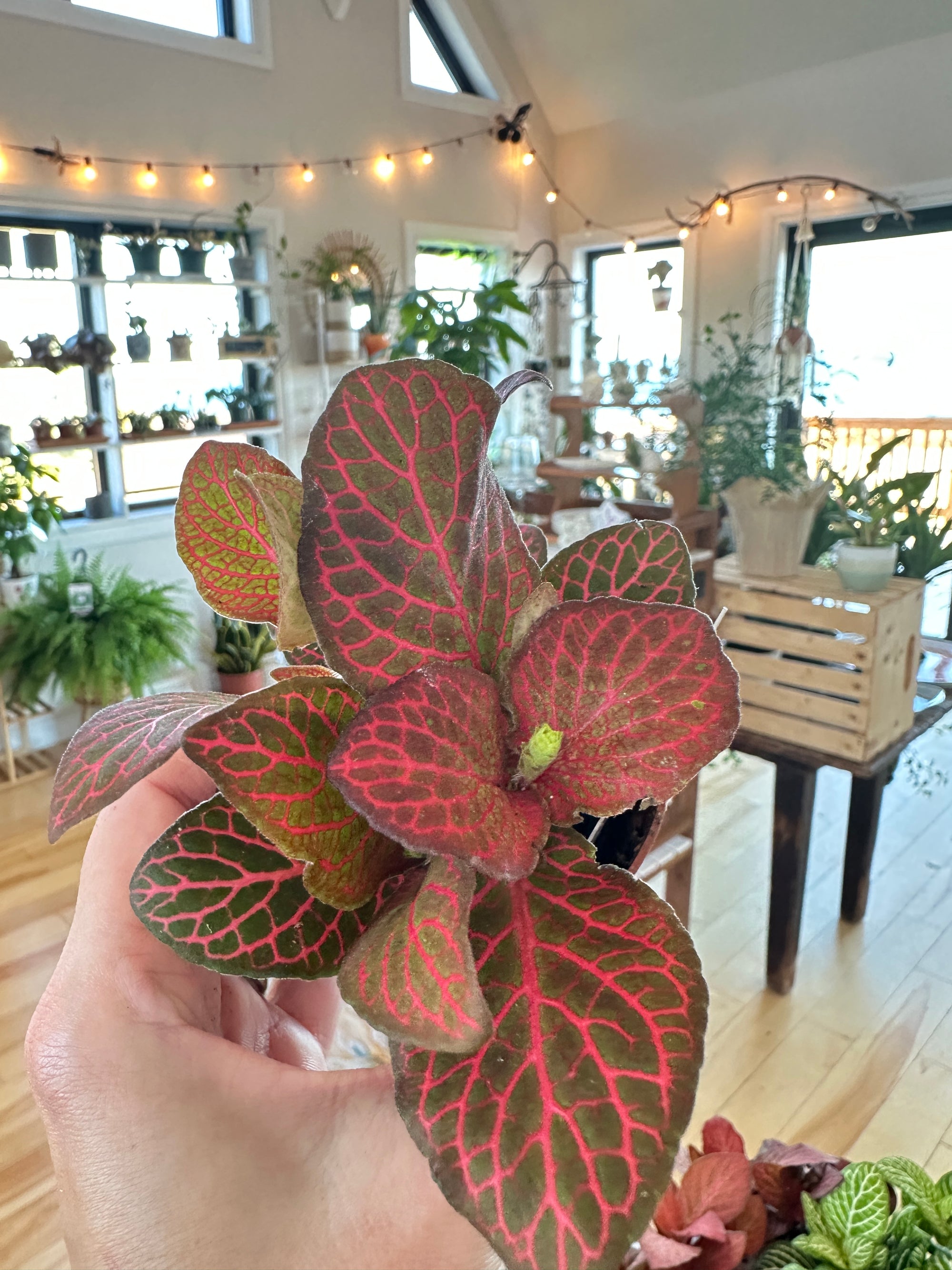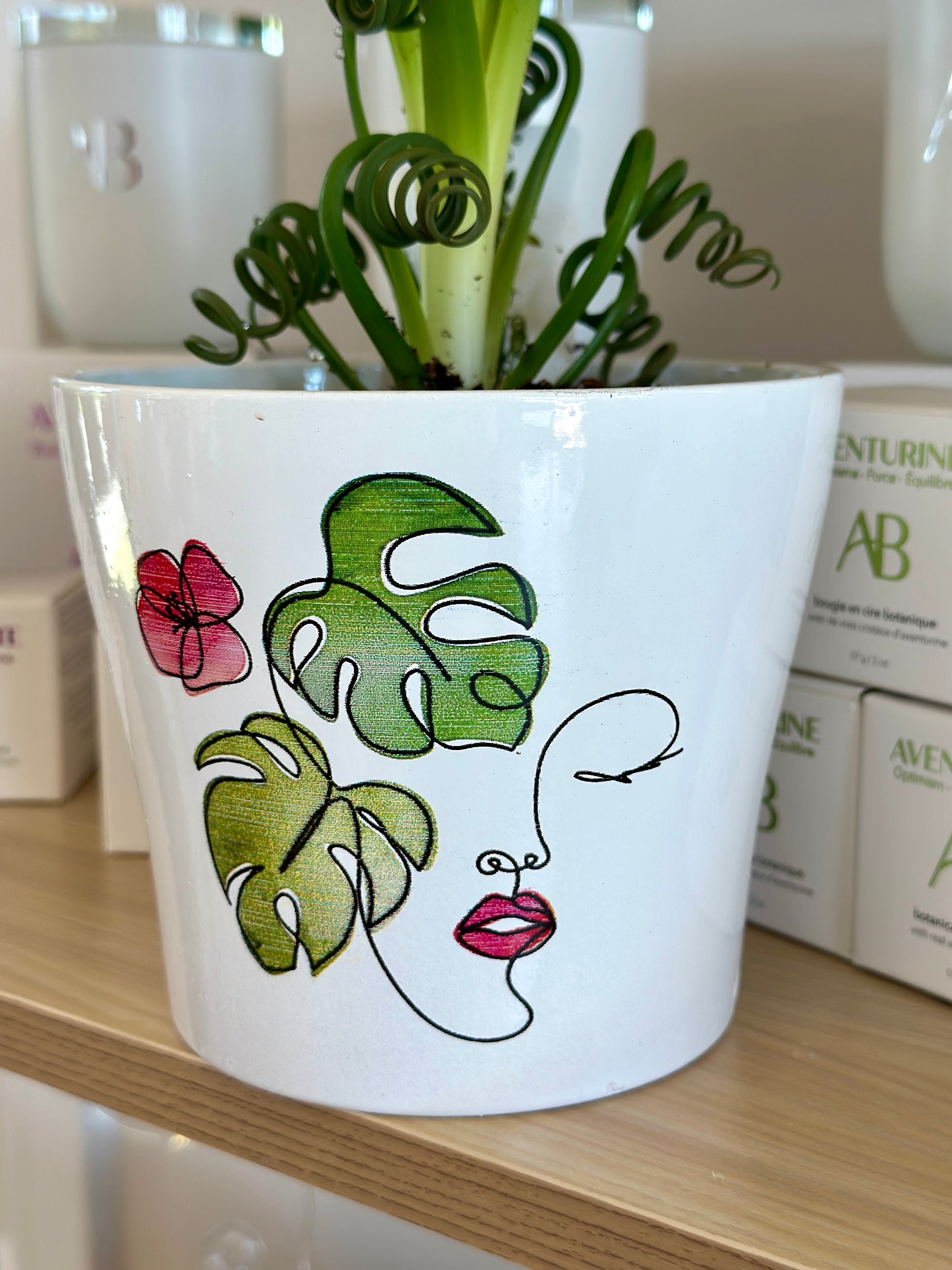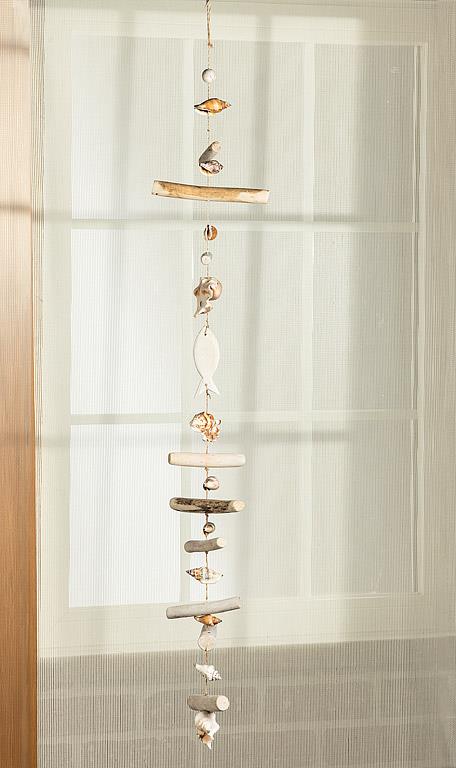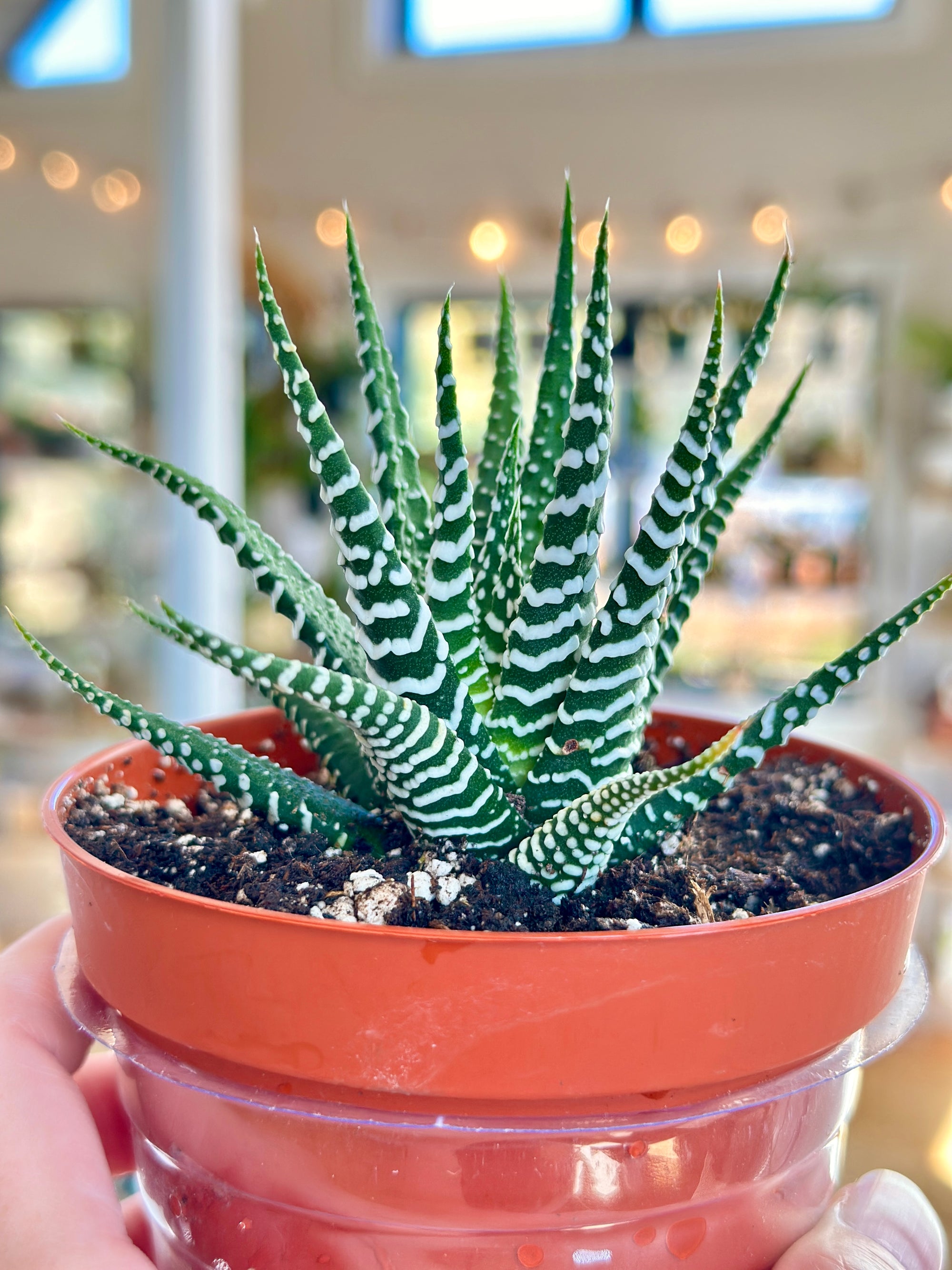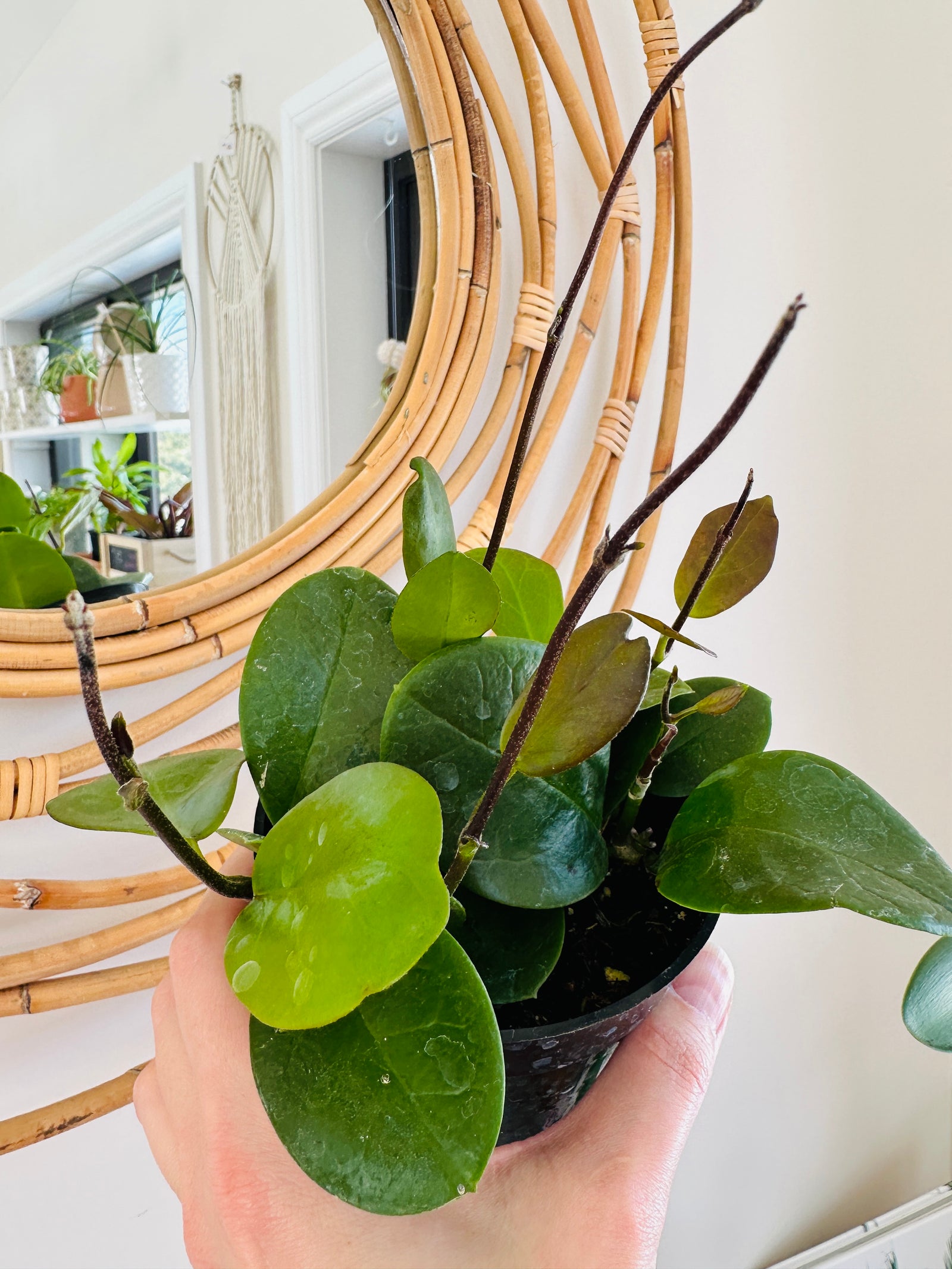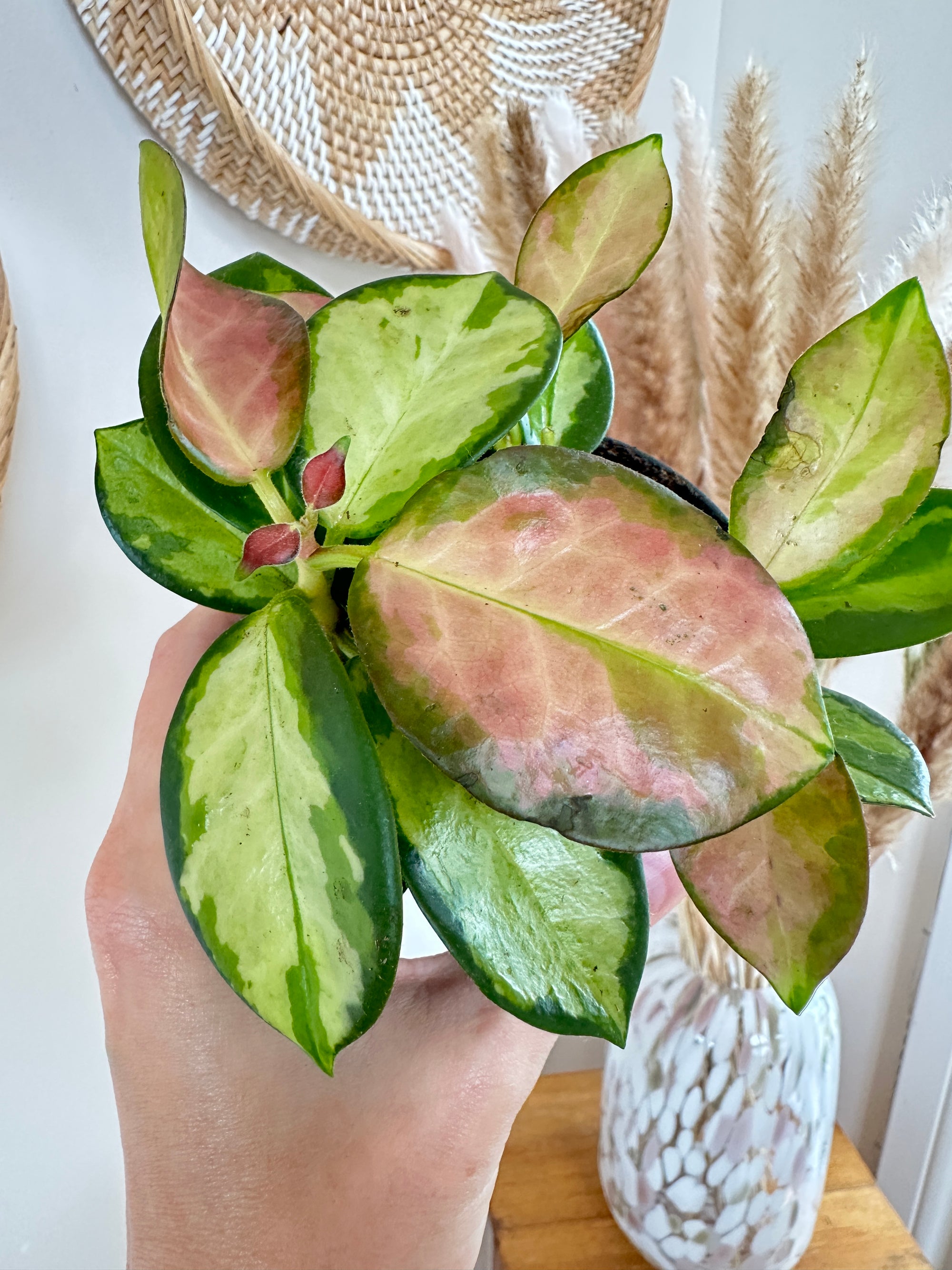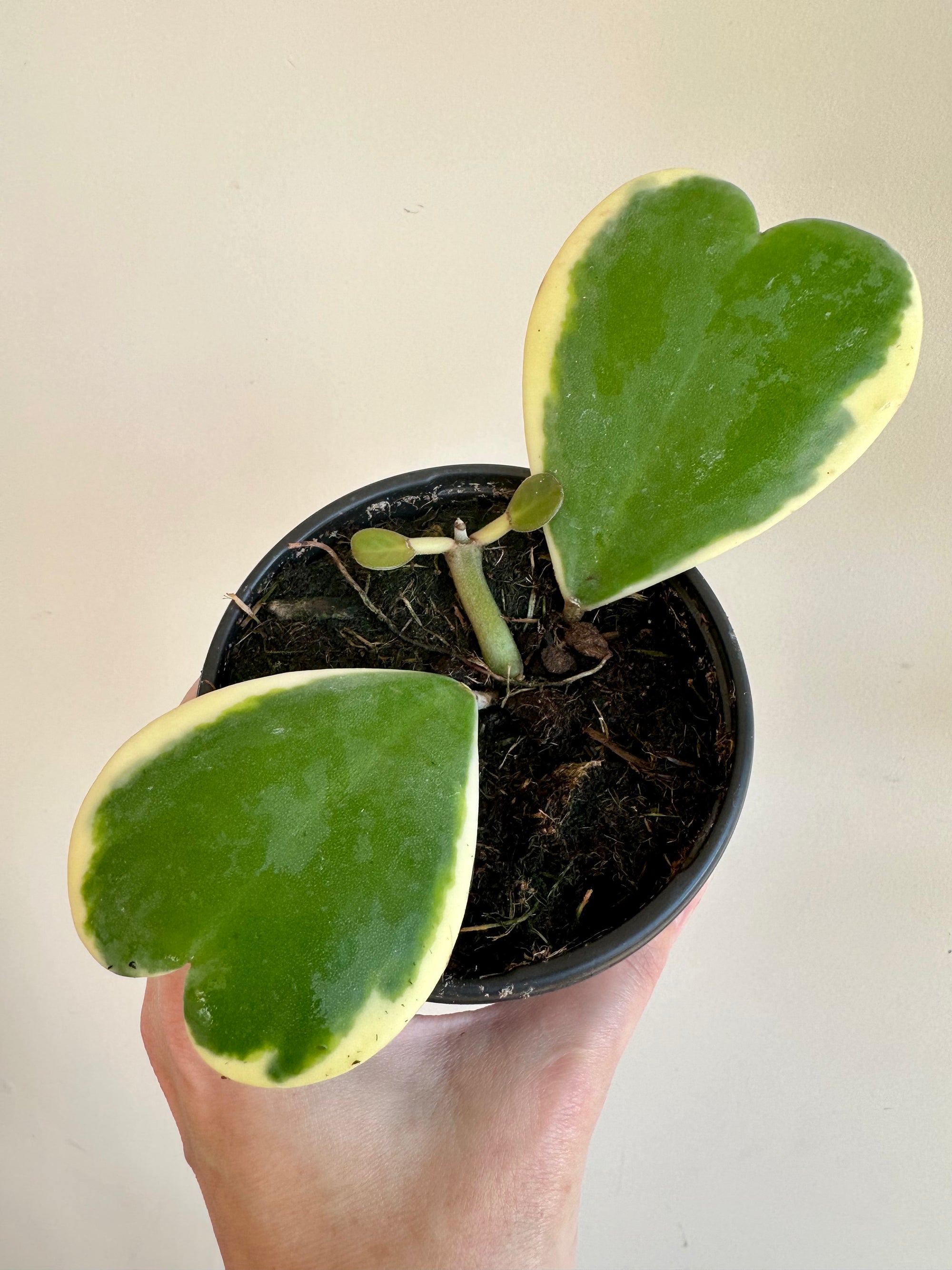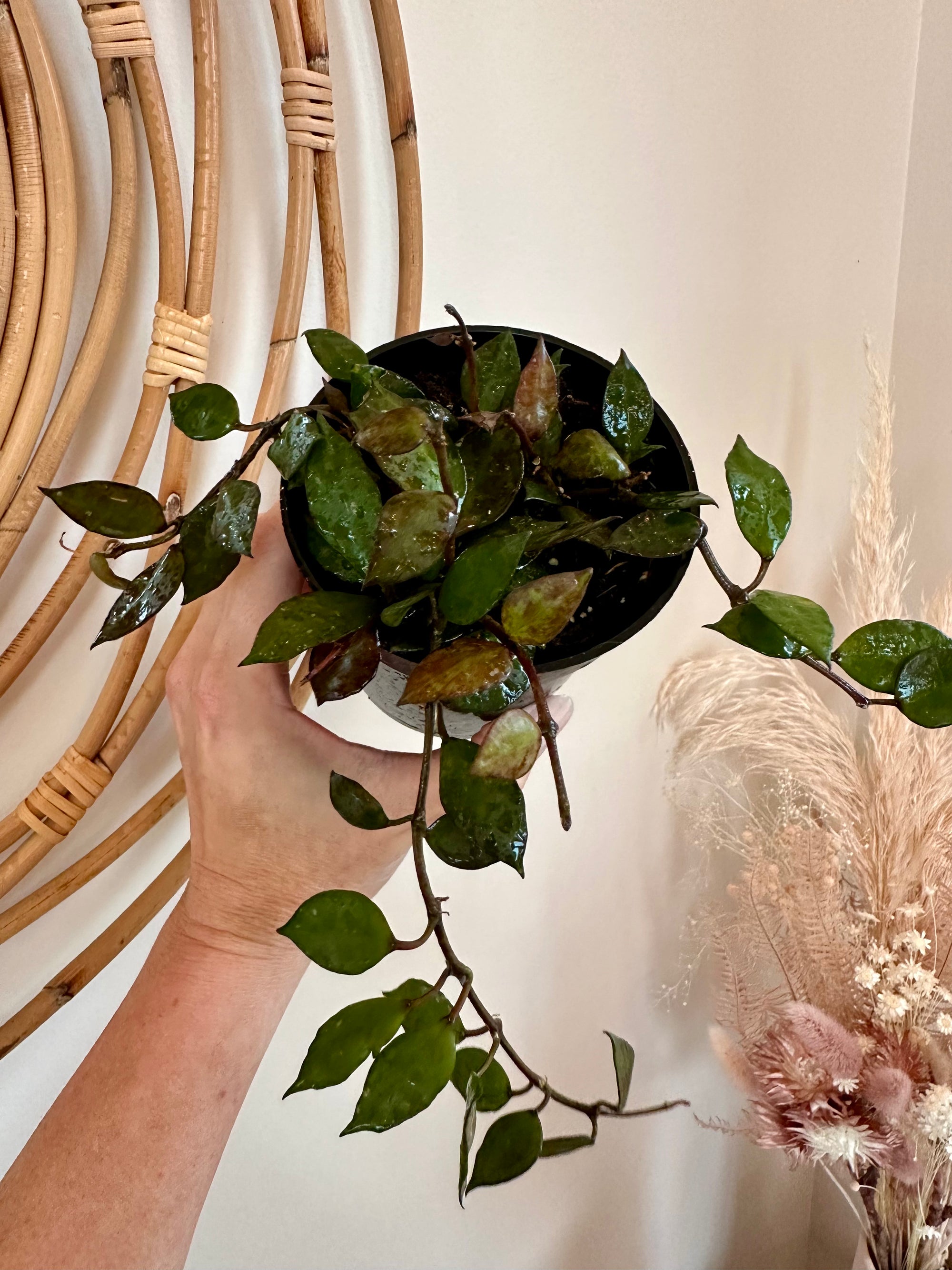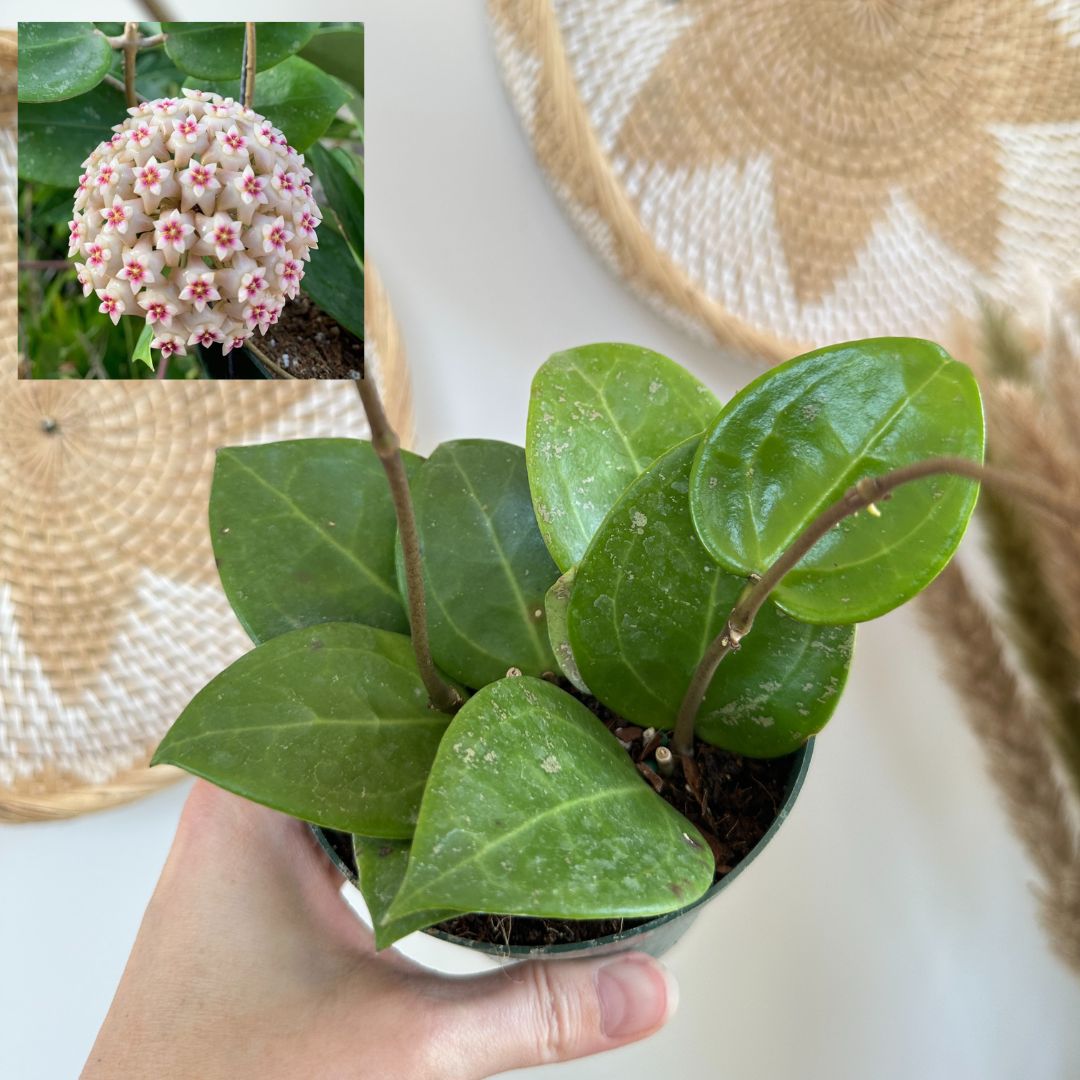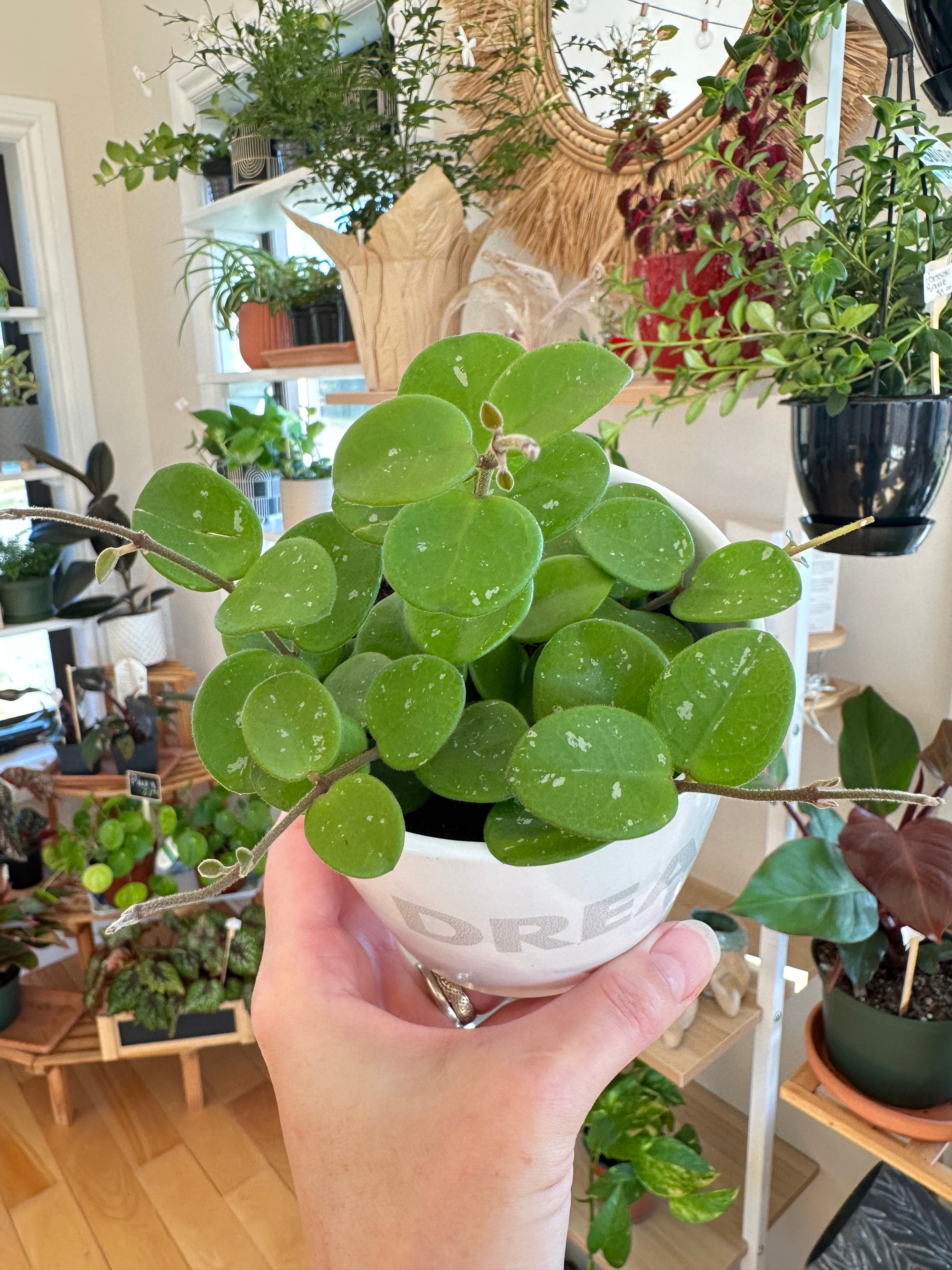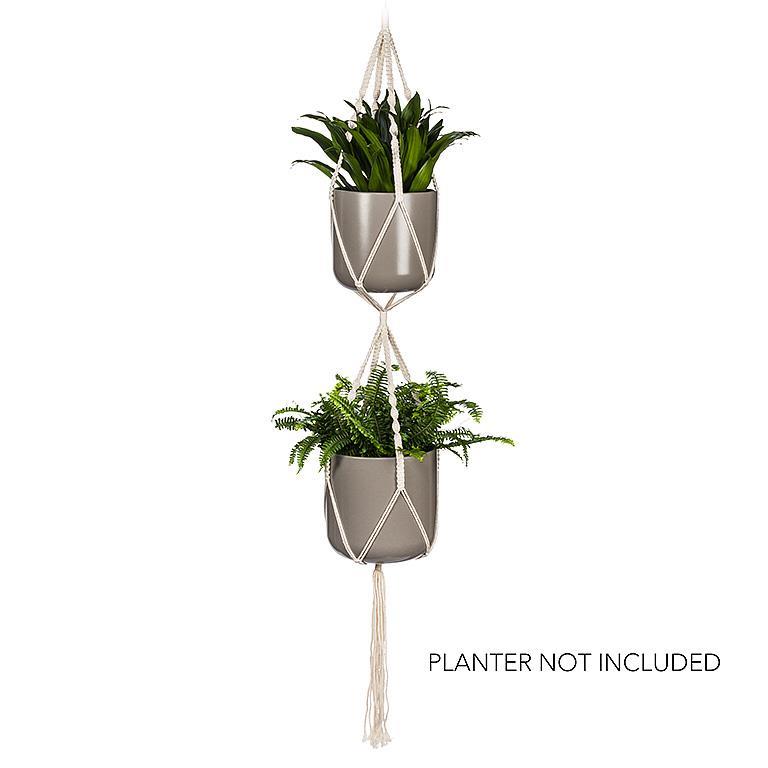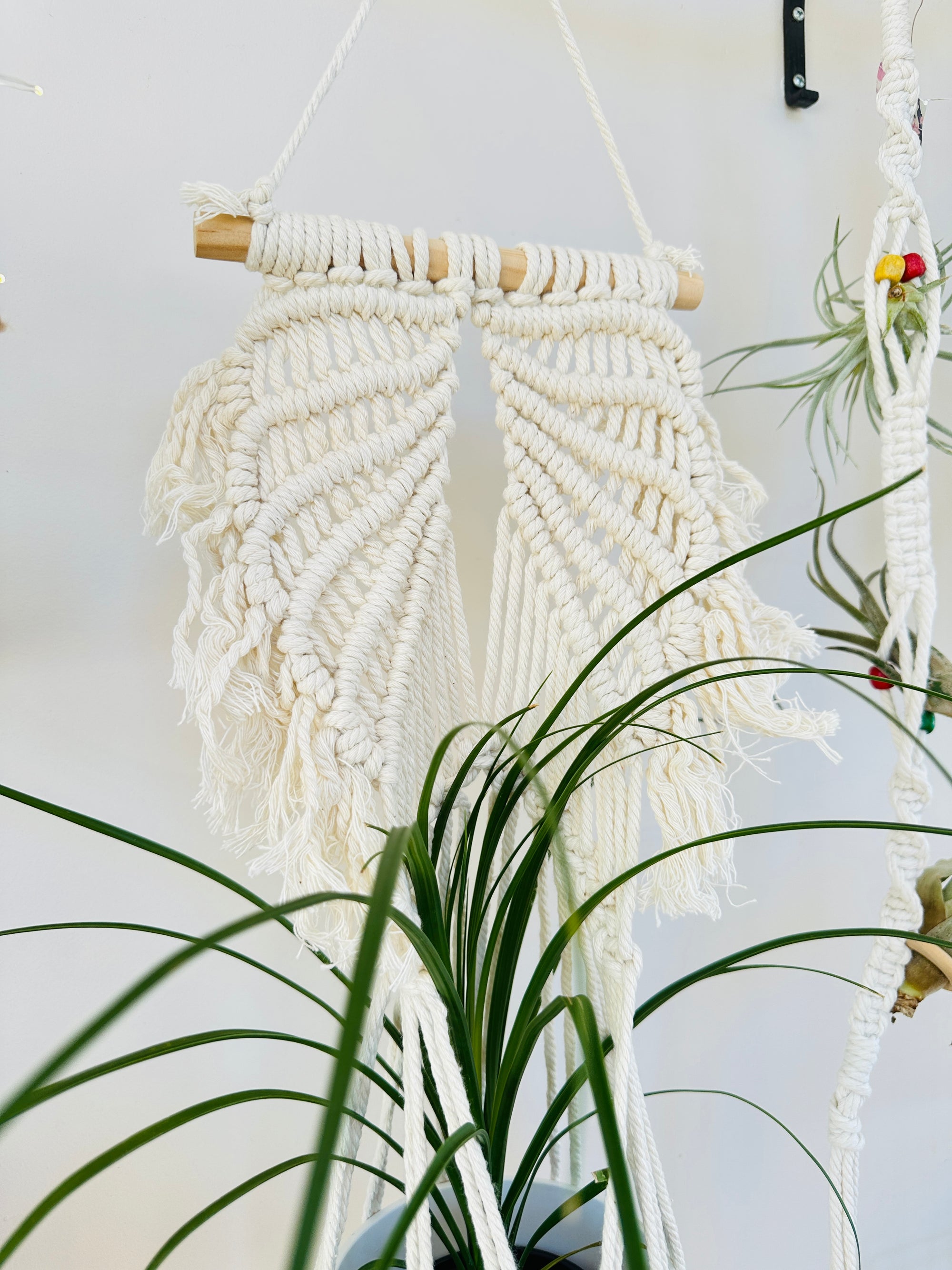Sale
Regular price
$15.99 CAD
Regular price
Sale price
$15.99 CAD
Unit price
per
Sold out
Sold out
Sale
Sold out
Sale
Sale
Regular price
$10.00 CAD
Regular price
$18.00 CAD
Sale price
$10.00 CAD
Unit price
per
Sale
Regular price
$18.00 CAD
Regular price
Sale price
$18.00 CAD
Unit price
per
Regular price
$30.00 CAD
Regular price
Sale price
$30.00 CAD
Unit price
per
Sale
Sale
Sale
Regular price
$6.00 CAD
Regular price
$10.00 CAD
Sale price
$6.00 CAD
Unit price
per
Regular price
$22.00 CAD
Regular price
Sale price
$22.00 CAD
Unit price
per
Regular price
$14.99 CAD
Regular price
Sale price
$14.99 CAD
Unit price
per
Regular price
$30.00 CAD
Regular price
Sale price
$30.00 CAD
Unit price
per
Regular price
$22.99 CAD
Regular price
Sale price
$22.99 CAD
Unit price
per

